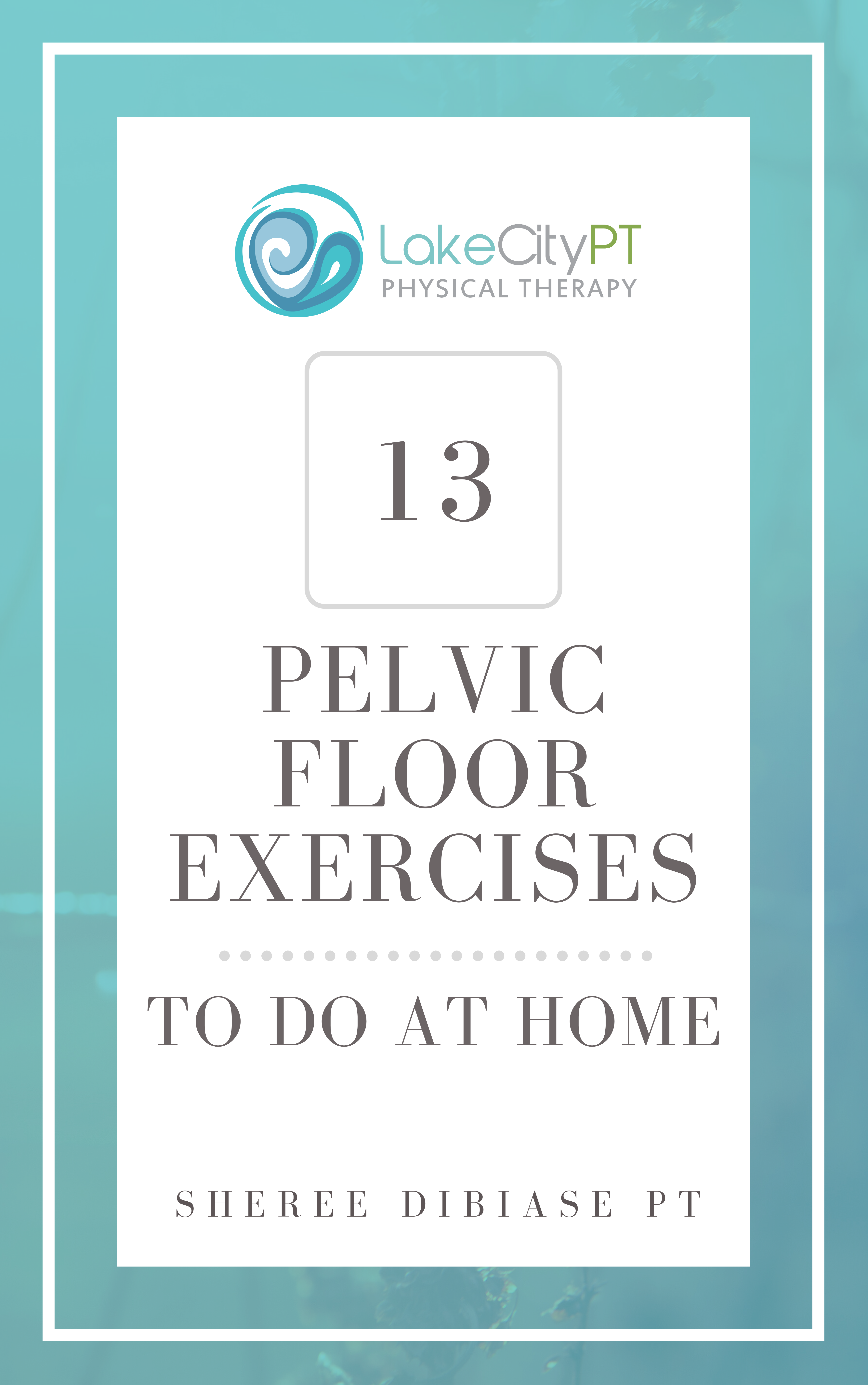Pelvic Pain After Workout
Keeping active is one of the best and easiest ways to enjoy a better, healthier, and happier life. As women, though, we must be aware that not all sports and workouts can be beneficial to our bodies. This is particularly true when it comes to our pelvic floor muscles.
Women’s pelvic area is one of the most crucial parts of overall core health, strength, and flexibility, which is why it’s vital that we take the best possible care of it. Experiencing pelvic pain or discomfort after working out is not only uncommon, but it might also be a sign that something more concerning is going on. Read on to find out more about this all-important topic.
Most At-Risk Workouts
Not all workouts were created equal. In some cases, specific types of exercise or sports might mean that you are more likely to experience pain or discomfort in the pelvic area after you have completed your session. Generally speaking, these are very long and repeated heavy lifting sessions, and high-impact workouts.
Heavy Lifting
Lifting weights is a great way to build muscle strength and definition. Nonetheless, a long session of heavy lifting with an excessively heavy set of weights can do your pelvis more harm than good. This is because these weights can end up putting a lot of pressure on your abdominal area and strain on your pelvic floor muscles.
High-Impact Workouts
Some cardiovascular exercises such as spinning and HIIT do not put a lot of pressure on our pelvic area. Others, though, can have a higher impact on it, with the result of damaging the muscles in that region.
Sports such as rugby, tennis, and skiing are all high-impact workouts that might, in the long term, cause pelvic pain or discomfort.
Other Causes of Post-Workout Pelvic Pain
Experiencing pelvic pain after working out can be caused by factors other than the type of exercise that you are engaging with. Here is a handy list of some of the main culprits of pain discomfort when exercising:
- Smoking: We all know that smoking is terrible for your health. But did you know that smoking can be associated with pain in the pelvic region? This is because heavy smokers also tend to experience frequent and continuous coughs which, in turn, put a lot of pressure on their pelvic muscles.
- Being Overweight: Having a higher BMI than the one recommended for your height, age, and gender can cause you to add some extra pressure to your pelvic area. This, ultimately, means that you might end up experiencing pelvic pain after exercising.
- Being Menopausal: With estrogen beginning to drop, the pelvic floor muscles become thinner and thinner, often causing menopausal women to complain of pelvic pain after working out.
- Suffering from Pelvic Floor Disorder: Recent research found that over 23% of a group of surveyed American women with pelvic floor disorder were more likely to experience pelvic pain in situations such as sports and exercise.
What About Running?
Running deserves a separate mention precisely because so many people – and women, especially – complain of pelvic floor pain after a running session. Even within this category of people, there are some who seem to be at a higher risk of developing pelvic pain, including postpartum women.
If you are a runner who suffers from frequent pelvic pain, you might be wondering why this happens in the first place. To answer this question, it’s important to remember that your pelvic floor is part of your core, which in turn plays an integral role in your running.
Think about it: when you are running and your foot lands on the ground, your pelvic floor muscles contract in order to sustain the load of your abdomen and pelvis. But then, as you begin your next stride – the so-called “flight phase” of running – the same muscles lengthen in an eccentric contraction.
Now, consider how the repetition of these two opposing types of contractions over a potentially long period of time may affect your pelvic strength and stability.
When discussing pelvic floor pain in runners, it’s also vital to remember that this type of pain can manifest itself in different ways, including:
- Bladder pain
- Anal pain
- Lower abdomen pain
- Pain in the hips
- Pain in the buttocks
- Pain in the hamstrings
Therefore, if you think that you are experiencing any of those discomforts, it’s essential that you address it quickly to prevent it from becoming a more serious – and potentially chronic – issue.
What You Can Do
A great, affordable, and non-invasive option to treat your post-workout pelvic pain is physical therapy. With this type of therapy, your clinician will put together a highly personalized treatment plan consisting of specific activities and exercises that you will need to perform both at your chosen clinic and at home.
With consistency, determination, and perseverance, you will start seeing some great improvement in how strong and flexible your pelvic floor feels. This, in turn, will give you the opportunity to challenge yourself a bit more when you are working out, as well as try out new and different types of exercise or sports.
Contact the team at Lake City PT today, and book your initial assessment with one of our friendly and professional physical therapists specializing in pelvic floor health.


